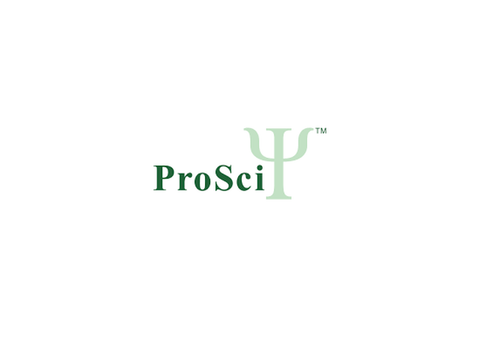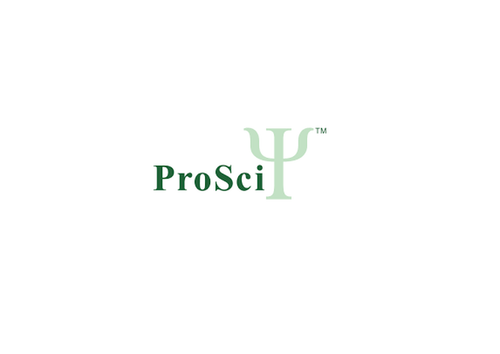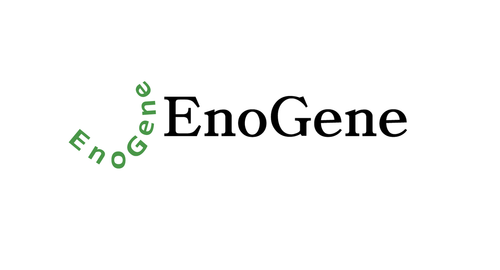Product Description
SLC4A1 Antibody | 27-948 | ProSci
Host: Rabbit
Reactivity: Human
Homology: N/A
Immunogen: Antibody produced in rabbits immunized with a synthetic peptide corresponding a region of human SLC4A1.
Research Area: Membrane, Cancer
Tested Application: E, WB
Application: SLC4A1 antibody can be used for detection of SLC4A1 by ELISA at 1:312500. SLC4A1 antibody can be used for detection of SLC4A1 by western blot at 0.1 μg/mL, and HRP conjugated secondary antibody should be diluted 1:50, 000 - 100, 000.
Specificiy: N/A
Positive Control 1: Cat. No. XBL-10409 - Fetal Liver Tissue Lysate
Positive Control 2: N/A
Positive Control 3: N/A
Positive Control 4: N/A
Positive Control 5: N/A
Positive Control 6: N/A
Molecular Weight: 102 kDa
Validation: N/A
Isoform: N/A
Purification: Antibody is purified by peptide affinity chromatography method.
Clonality: Polyclonal
Clone: N/A
Isotype: N/A
Conjugate: Unconjugated
Physical State: Liquid
Buffer: Purified antibody supplied in 1x PBS buffer with 0.09% (w/v) sodium azide and 2% sucrose.
Concentration: batch dependent
Storage Condition: For short periods of storage (days) store at 4˚C. For longer periods of storage, store SLC4A1 antibody at -20˚C. As with any antibody avoid repeat freeze-thaw cycles.
Alternate Name: SLC4A1, CAMP, CHAMP, ZNF828, C13orf8
User Note: Optimal dilutions for each application to be determined by the researcher.
BACKGROUND: The CD233 gene is located on chromosome 17q21-q22 and is part of the anion exchanger (AE) family. CD233 is expressed in the erythrocyte plasma membrane where it functions as a chloride/bicarbonate exchanger involved in carbon dioxide transport from tissues to lungs. The protein comprises two domains that are structurally and functionally distinct. The N-terminal 40kDa domain is located in the cytoplasm and acts as an attachment site for the red cell skeleton by binding ankyrin. The glycosylated C-terminal membrane-associated domain contains 12-14 membrane spanning segments and carries out the stilbene disulphonate-sensitive exchange transport of anions. The cytoplasmic tail at the extreme C-terminus of the membrane domain binds carbonic anhydrase II. CD233 associates with the red cell membrane protein glycophorin A and this association promotes the correct folding and translocation of CD233. CD233 is predominantly dimeric but forms tetramers in the presence of ankyrin. Many CD233 mutations are known in man and these mutations can lead to two types of disease; destabilization of red cell membrane leading to hereditary spherocytosis, and defective kidney acid secretion leading to distal renal tubular acidosis. Other CD233 mutations that do not give rise to disease result in novel blood group antigens, which form the Diego blood group system. Southeast Asian ovalocytosis (SAO, Melanesian ovalocytosis) results from the heterozygous presence of a deletion in the CD233 protein and is common in areas where Plasmodium falciparum malaria is endemic. One CD233 null human is known also with very severe anemia and nephrocalcinosis [PROW].
 Euro
Euro
 USD
USD
 British Pound
British Pound
 NULL
NULL










